实验目的
掌握const对象的使用,类的继承与派生的使用方法。
编程题
1.常成员及常对象的使用
代码:
#include<iostream>
#include<string>
using namespace std;
class Student
{
public:
Student(string na,int nu):num(nu)
{
name=na;
}
void Show()
{
cout<<"name:"<<name<<"num:"<<num<<endl;
}
private:
string name;
const int num;
};
int main()
{
Student s1("张三",1);
Student s2("李四",2);
s1.Show();
s2.Show();
return 0;
}
结果:
2.指向对象的常指针/指向常对象指针的使用
代码:
#include<iostream>
using namespace std;
class Date
{
public:
Date(int y,int m,int d)
{
year=y;
month=m;
day=d;
}
void Display()
{
cout<<"year:"<<year<<"month:"<<month<<"day:"<<day<<endl;
}
int year,month,day;
};
void setDate(Date * const p)
{
p->year=2021;
p->month=5;
p->day=20;
}
int main()
{
Date d1(2021,5,18),d2(0,0,0);
d1.Display();
Date * const p=&d2;
setDate(p);
d2.Display();
Date * const p1=&d1;
p1->year=2021;
p1->month=5;
p1->day=21;
p1->Display();
return 0;
}
结果:
3.公有继承方式:派生类访问并输出基类的数据成员
代码:
#include<iostream>
using namespace std;
class X
{
public:
int a;
X()
{
a=0;b=1;c=2;
}
int display()
{
return c;
}
protected:
int b;
private:
int c;
};
class Y:public X
{
public:
void fun()
{
int c;
cout<<a<<b<<endl;
c=display();
cout<<c<<endl;
}
};
int main()
{
Y y;
cout<<y.a<<endl;
y.fun();
return 0;
}
结果:
4.保护继承方式:派生类访问并输出基类的数据成员。
代码:
#include<iostream>
using namespace std;
class X
{
public:
int a;
X()
{
a=0;b=1;c=2;
}
int display()
{
return c;
}
protected:
int b;
private:
int c;
};
class Y:protected X
{
public:
void display2()
{
cout<<a;
}
void fun()
{
int c;
cout<<a<<b<<endl;
c=display();
cout<<c<<endl;
}
};
int main()
{
Y y;
y.display2();
cout<<endl;
y.fun();
return 0;
}
结果:
5.私有继承方式:派生类访问并输出基类的数据成员。
代码:
#include<iostream>
using namespace std;
class X
{
public:
int a;
X()
{
a=0;b=1;c=2;
}
void displayC()
{
cout<<"c="<<c<<endl;
}
protected:
int b;
private:
int c;
};
class Y:private X
{
public:
void displayaa()
{
cout<<"a="<<a<<endl;
}
void displayAA()
{
cout<<"a="<<a<<endl;
}
void funY()
{
cout<<"a="<<a<<" b="<<b<<endl;
displayC();
}
};
class Z:private Y
{
public:
void funZ()
{
funY();
}
void displayaaa()
{
displayaa();
}
};
int main()
{
Y y;
Z z;
cout<<"y:------------------------"<<endl;
y.displayAA();
y.funY();
cout<<"z:------------------------"<<endl;
z.displayaaa();
z.funZ();
return 0;
}
结果:
6.按要求完成编程
(1)声明圆类:Circle。
(2)声明基类Circle的派生类:Sphere(球)、Cylinder(圆柱)。
(3)根据题目下面两条要求定义相应的成员变量。
1)定义派生类Sphere、Cylinder的求表面积和体积的成员函数和输出函数。
2)定义Circle类、Sphere类和Cylinder类的成员变量,且均为私有的成员变量。
3)在主函数中分别输入相应的值计算Sphere、Cylinder的表面积和体积并输出结果。
代码:
#include<iostream>
using namespace std;
#define PI 3.14
class Circle
{
public:
Circle(int r1,int h1)
{
r=r1;
h=h1;
}
int ret()
{
return r;
}
int rett()
{
return h;
}
private:
int r;
int h;
};
class Sphere: public Circle
{
public:
Sphere(int r,int h):Circle(r,h){}
void ss()
{
R=ret();
s=4*PI*R*R;
cout<<"表面积为:"<<s<<endl;
}
void tt()
{
t=(4*PI*R*R*R)/3;
cout<<"体积为:"<<t<<endl;
}
private:
int R;
double s;
double t;
};
class Cylinder: public Circle
{
public:
Cylinder(int r,int h):Circle(r,h){}
void sss()
{
R=ret();
H=rett();
s1=(2*PI*R*R)+(2*PI*R*H);
cout<<"表面积为:"<<s1<<endl;
}
void ttt()
{
t1=PI*R*R*H;
cout<<"体积为:"<<t1<<endl;
}
private:
int H;
int R;
double s1;
double t1;
};
int main()
{
int a,b;
cout<<"请输入圆体的半径:"<<endl;
cin>>a;
Sphere s(a,0);
s.ss();
s.tt();
cout<<"请输入圆柱体底的的半径和高:"<<endl;
cin>>a>>b;
Cylinder c(a,b);
c.sss();
c.ttt();
return 0;
}
结果:
来源:freebuf.com 2021-05-21 11:16:52 by: Johnson666
© 版权声明
文章版权归作者所有,未经允许请勿转载。
THE END
喜欢就支持一下吧




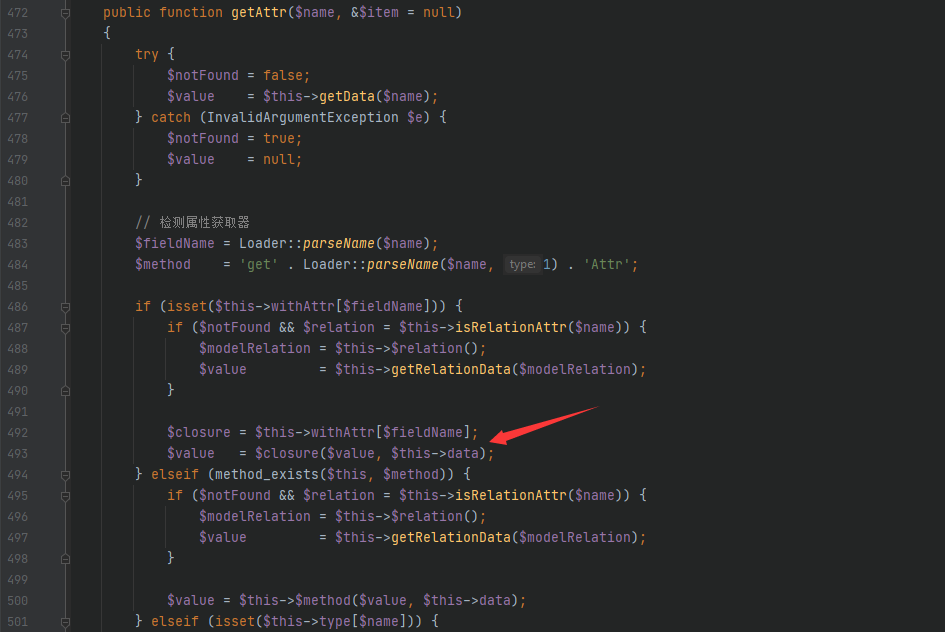
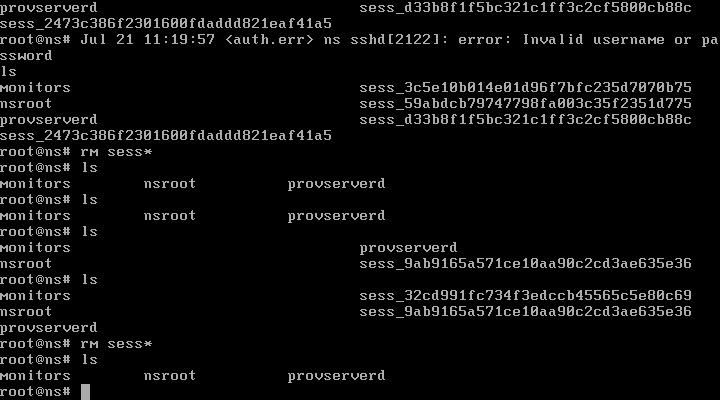

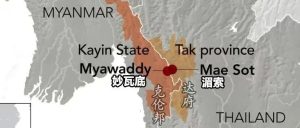


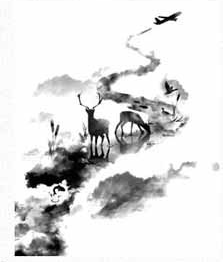

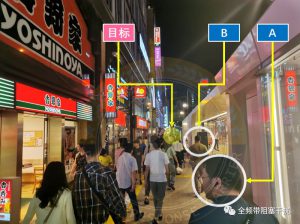



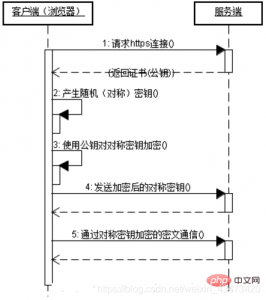

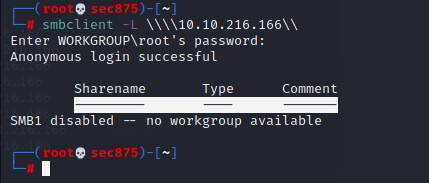



请登录后发表评论
注册